Filter by
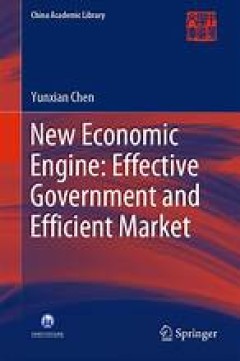
New Economic Engine: Effective Government and Efficient Market
This book contains at least three main highlights: breaking through the limitations of the mainstream Western economics system and the market theory framework, correctly explaining the successful experience of China’s reform and opening up over the past 40 years from an economic perspective, and developing a new economics system and market theory. China’s reform and opening up and innovativ…
- Edition
- 1
- ISBN/ISSN
- 978-981-15-2922-1
- Collation
- Economic
- Series Title
- -
- Call Number
- 338.1
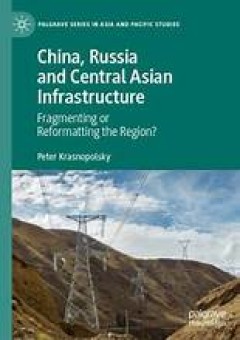
China, Russia and Central Asian Infrastructure
This book evaluates Central Asian regionalism by analyzing the impact of Russia and China on physical infrastructure in the region. The narrative builds a picture of the nature of the two powers’ influence on the development of regional connectivity in Central Asia. The study covers the 30-year period since the dissolution of the Soviet Union, with a focus on the last decade preceding the glo…
- Edition
- 1
- ISBN/ISSN
- 978-981-19-4254-9
- Collation
- Sejarah Sosial
- Series Title
- -
- Call Number
- 301.7
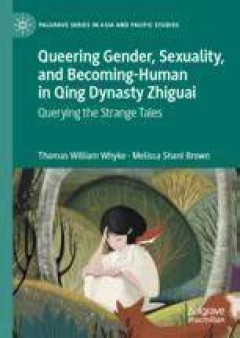
Queering Gender, Sexuality, and Becoming-Human in Qing Dynasty Zhiguai
This book offers queer readings of Chinese Qing Dynasty zhiguai, ‘strange tales’, a genre featuring supernatural characters and events. In a unique approach interweaving Chinese philosophies alongside critical theories, this book explores tales which speak to contemporary debates around identity and power. Depictions of porous boundaries between humans and animals, transformations between g…
- Edition
- 1
- ISBN/ISSN
- 978-981-99-4258-9
- Collation
- Gender
- Series Title
- -
- Call Number
- 305.3
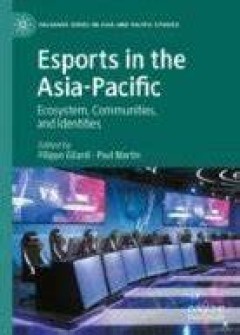
Esports in the Asia-Pacific
This is an edited book that fills a gap in knowledge by providing a comprehensive view of esports practice from the Asia and Pacific region. The volume looks at the development of esports through the interconnections between institutions, industries, players, and society, across the Asia-Pacific. Over the last two decades, the Asia-Pacific region has been central to the growth and development o…
- Edition
- 1
- ISBN/ISSN
- 978-981-99-3796-7
- Collation
- Sosial Ekonomi
- Series Title
- -
- Call Number
- 261

Finance & Economics Readings
This book is a compilation of the best papers presented at the 2017 installment of the Asia-Pacific Conference on Economics & Finance (APEF), which is held annually in Singapore. With a great number of submissions, it presents the latest research findings in economics and finance and discusses relevant issues in today's world. The book is a useful resource for readers who want access to econom…
- Edition
- 1
- ISBN/ISSN
- 978-981-10-8147-7
- Collation
- EKONOMI
- Series Title
- -
- Call Number
- 330

Integrating Local Farmers Knowledge Systems in Rainfall Prediction and Availa…
- Edition
- -
- ISBN/ISSN
- 978-1-83962-629-6
- Collation
- -
- Series Title
- -
- Call Number
- -
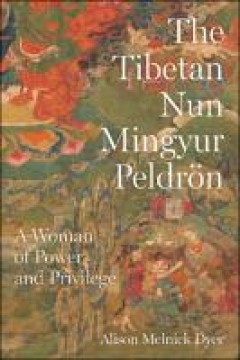
The Tibetan Nun Mingyur Peldrön: A Woman of Power and Privilege
Born to a powerful family and educated at the prominent Mindröling Monastery, the Tibetan Buddhist nun and teacher Mingyur Peldrön (1699–1769) leveraged her privileged status and overcame significant adversity, including exile during a civil war, to play a central role in the reconstruction of her religious community. Alison Melnick Dyer employs literary and historical analysis, centered on…
- Edition
- Ed. 1
- ISBN/ISSN
- 9780295750378, 9780295750354
- Collation
- 242
- Series Title
- -
- Call Number
- 959 MEL t
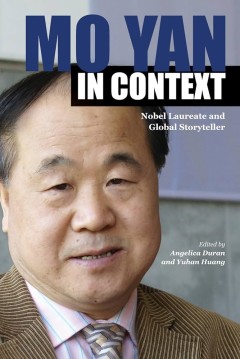
Mo Yan in Context : Nobel Laureate and Global Storyteller
This is the first English-language study of the Chinese writer’s work and influence, featuring essays from scholars in a range of disciplines, from both China and the United States. Its introduction, twelve articles, and epilogue aim to deepen and widen critical discussions of both a specific literary author and the globalization of Chinese literature more generally.The book takes the â…
- Edition
- -
- ISBN/ISSN
- 9781612493435
- Collation
- -
- Series Title
- Comparative Cultural Studies
- Call Number
- 800 DUR m
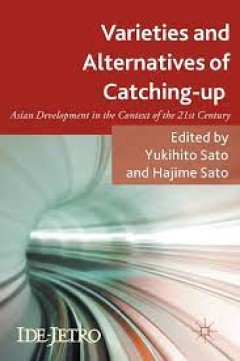
Varieties and Alternatives of Catching-up Asian Development in the Context o…
This book sheds new light on the advancement of various industries in developing Asian countries through an application and re-examination of catch-up industrialization theory. With contributors presenting their own perspectives on the progression of a range of different industries in Asia, this volume provokes readers to reconsider their current understanding of industrialization in latecomer …
- Edition
- -
- ISBN/ISSN
- 978-1-137-59780-9
- Collation
- -
- Series Title
- -
- Call Number
- -
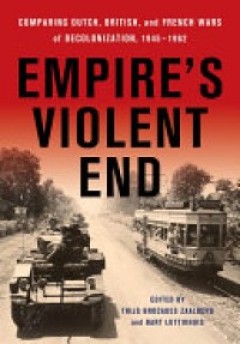
Empire’s violent end : comparing Dutch, British, and French wars of decolon…
In Empire's Violent End, Thijs Brocades Zaalberg and Bart Luttikhuis, along with expert contributors, present comparative research focused specifically on excessive violence in Indonesia, Algeria, Vietnam, Malaysia, Kenya, and other areas during the wars of decolonization. In the last two decades, there have been heated public and scholarly debates in France, the United Kingdom, and the Netherl…
- Edition
- -
- ISBN/ISSN
- Bart Luttikhuis
- Collation
- 246p
- Series Title
- -
- Call Number
- 325.309405
 Computer Science, Information & General Works
Computer Science, Information & General Works  Philosophy & Psychology
Philosophy & Psychology  Religion
Religion  Social Sciences
Social Sciences  Language
Language  Pure Science
Pure Science  Applied Sciences
Applied Sciences  Art & Recreation
Art & Recreation  Literature
Literature  History & Geography
History & Geography